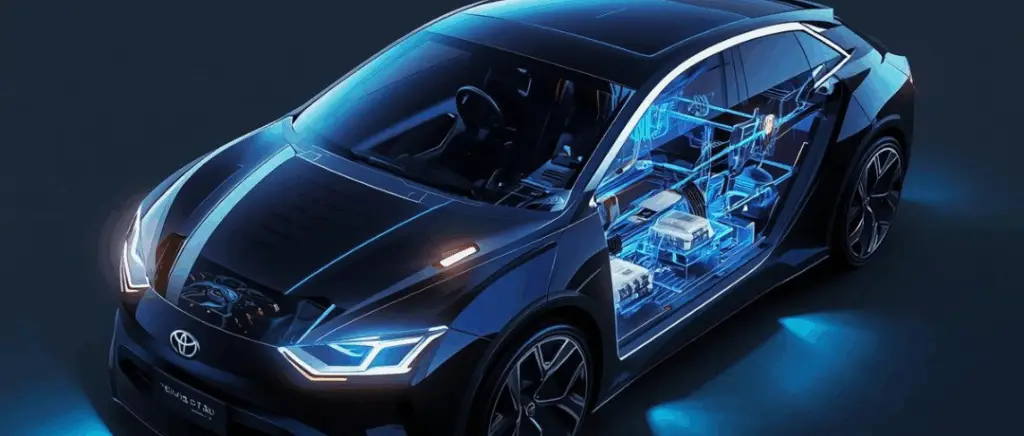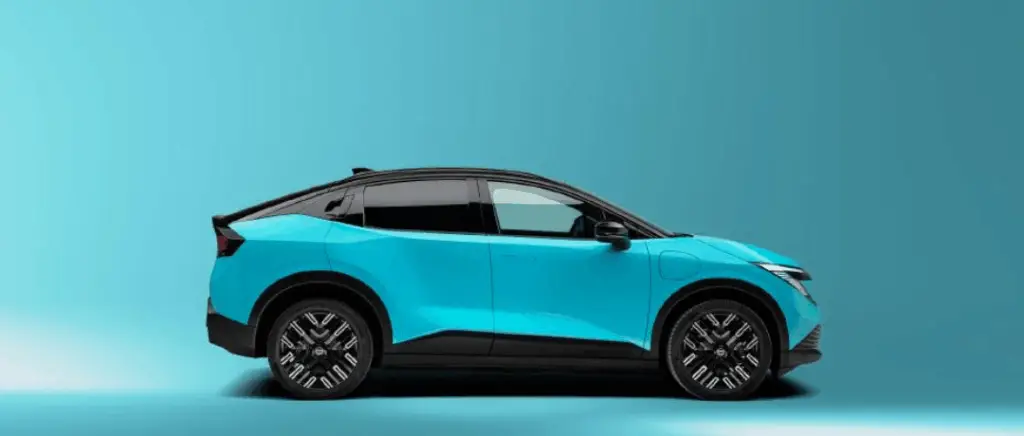The OCPP protocol: definition and characteristics

OCPP, which stands for Open Charge Point Protocol, is an open, standardised communication norm designed specifically for the electric vehicle industry. This protocol plays a crucial role in the electric recharging ecosystem by enabling seamless communication between charging stations (charge points) and central management systems.
Developed by the Open Charge Alliance, the OCPP aims to solve interoperability problems in the electric charging sector. It offers a universal solution that enables the various players in the market to communicate effectively, regardless of the manufacturers or models of charging stations.
The main features of the OCPP protocol include :
- Standardised communication: OCPP establishes a standard language between electric vehicle chargers and management systems, enabling interoperability between different manufacturers.
- Open architecture: It's an open-source protocol, which encourages adoption and innovation in the electric vehicle charging industry.
- Scalability: OCPP makes it easy to add new functionalities, adapting to changing market needs.
- Enhanced security: OCPP version 2.0 offers improved security provisions, thanks in particular to the use of the IEC 15118 standard for authentication.
- Intelligent charging: OCPP 2.0 enables more precise management of charging, with the ability to request a specific amount of energy for the charging station.
- Two-way communication: The protocol enables two-way communication between the charging station and the electric vehicle, facilitating advanced functions such as automatic identification.
- Flexible identification: OCPP supports various methods of accessing the station and initiating power, such as token cards, keys, RFID tags and smartphone applications.
- Supplier independence: The OCPP allows operators to change their recharging service provider without having to replace their equipment.
- Centralised management: The protocol makes it easy for a central operator to monitor the status of each recharging point in real time.
- International standardisation: OCPP is widely adopted around the world, helping to standardise the recharging market and facilitating the development of mobile applications to locate recharging points.
Version OCPP 1.6, which has been widely adopted in the industry, marked an important milestone by introducing advanced functionalities such as charge management and remote updating of charging points. This standardisation is making a significant contribution to the expansion and efficiency of electric vehicle charging networks worldwide.
History and development of OCPP
The Open Charge Point Protocol (OCPP) has evolved significantly since its creation in 2009 by the European ElaadNL initiative. Initially designed to solve interoperability problems in the emerging electric vehicle charging sector, OCPP has rapidly become an essential standard. In 2014, management of the protocol was transferred to the Open Charge Alliance (OCA), marking an important milestone in its development.
OCPP has undergone several major releases, each bringing significant improvements. Version 1.6, widely adopted in the industry, introduced key features such as support for different methods of access to charging points and improved communication between charge points and management systems. More recently, OCPP 2.0.1, launched in 2020, brought significant advances in security and smart charging features.
This constant evolution of the OCPP protocol reflects the industry's rapid adaptation to the growing needs of electric vehicle recharging, ensuring greater interoperability and efficiency in recharging networks around the world.
The advantages of the OCPP protocol
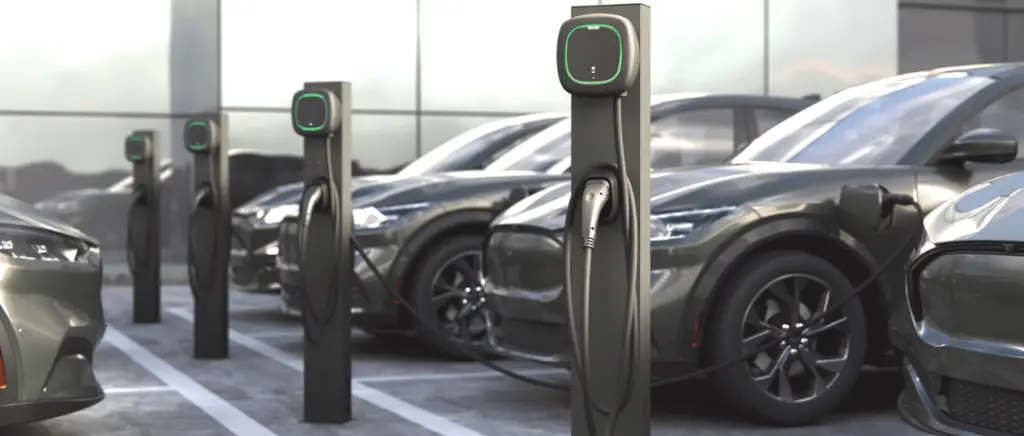
The Open Charge Point Protocol (OCPP) offers a number of advantages for the electric vehicle charging ecosystem. Here are the main benefits associated with its use:
- Interoperability: Enables seamless communication between charging points and management systems, making it easier to integrate different brands within the same network.
- Flexibility: offering operators and end-users freedom of choice when it comes to equipment and recharging solutions.
- Advanced features: OCPP 1.6 introduces features such as dynamic load management and remote software updates, optimising terminal performance.
- Reduced costs: standardised communications simplify troubleshooting and maintenance processes, resulting in savings on operating costs.
- Encouraging innovation: The open nature of the protocol encourages competition in the market, leading to continuous improvements in charging services and a better user experience for electric vehicle drivers.
In short, the OCPP protocol is a major asset for the development of efficient recharging infrastructures tailored to the growing needs of electric vehicle users.
How does OCPP work?
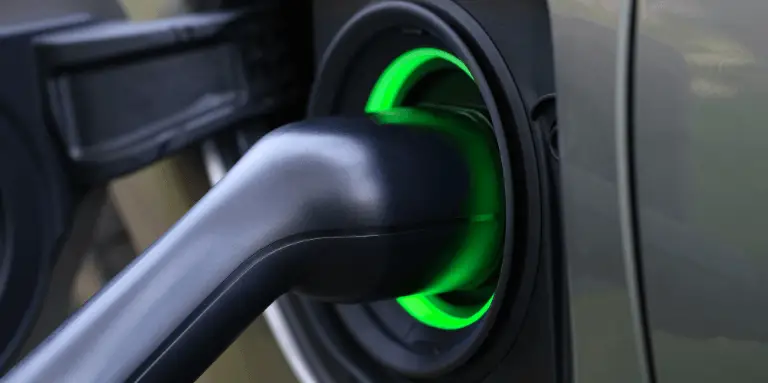
The OCPP (Open Charge Point Protocol) is at the heart of the charging point ecosystem for electric vehicles. It is based on a sophisticated architecture and precise data exchange mechanisms. To understand the inner workings of this essential protocol, we're going to delve into the key aspects of how it works.
Point-to-point communication architecture
Under the OCPP protocol, the point-to-point communication architecture forms the backbone of the system. This approach enables direct and effective interaction between the charging points and the central management system (back-end). Here's how it works in practice:
Each recharging point establishes an individual connection with the central server, creating a star network. This architecture offers several key advantages:
- Greater responsiveness: Information is exchanged in real time, enabling dynamic management of load sessions.
- Enhanced security: each connection can be secured independently, reducing the risk of the network being compromised overall.
- Scalability: Adding new terminals does not affect existing connections, making it easy to expand the network.
What's more, this architecture enables interactions to be highly personalised. The central system can send specific commands to each chargepoint, whether for software updates, tariff changes or adjustments to charging power. This flexibility is essential for optimising the user experience and the energy efficiency of the charging network.
In short, OCPP's point-to-point architecture is a crucial element that contributes to the robustness, flexibility and efficiency of modern electric vehicle charging networks.
Types of data exchanged between terminals and the central system
As part of the OCPP protocol, data exchanges between the charging points and the central system are essential to ensure efficient management and an optimum user experience. These two-way communications allow a variety of crucial information to be transmitted, including :
- Transaction data: including the start and end of charging, the amount of energy delivered, and payment information.
- Terminal status: available, occupied, or any malfunctions.
- Software updates: to improve the functionality and security of remote terminals.
- Configuration parameters: adjustment of tariffs, charging capacity or operating times.
- Diagnostic data: for preventive maintenance and rapid problem resolution.
These real-time exchanges ensure accurate monitoring of the charging network, enabling operators to optimise their services and users to enjoy a smooth, reliable charging experience.
The OCPP therefore plays a central role in the electric mobility ecosystem, facilitating standardised and effective communication between the various players in the market.
Authentication and load authorisation process
The authentication and charging authorisation process is an essential link in the operation of OCPP, ensuring a secure and personalised charging experience for electric vehicle users. When a driver wants to charge their vehicle, the OCPP protocol comes into play to verify the user's identity and authorise the charging session.
This is how the process works:
- Users identify themselves at the recharging point, usually using an RFID card, a mobile application or a QR code.
- The charging point sends an authorisation request to the central management system (CSMS) via the OCPP protocol.
- The CSMS checks the user's identification information in its database and ensures that the account is validated and authorised to use the service.
- If authorisation is granted, the CSMS sends a positive response to the charging point, again via OCPP.
- The charging station then unlocks the charging session, allowing the user to start charging their vehicle.
This process, made possible by the OCPP, not only guarantees the security of transactions, but also enables efficient management of access and accurate billing for recharging services. It therefore offers a reliable and flexible solution, adapted to the growing needs of the European car industry.recharging infrastructure electric vehicles.
What is the OCPP standard?
The OCPP (Open Charge Point Protocol) standard is of key importance in the electric vehicle charging ecosystem. Developed to standardise communication between charging points and management systems, this open standard promotes interoperability and efficiency in the electric mobility industry.
At a time when the market for electric vehicles is growing exponentially, understanding the ins and outs of OCPP is becoming essential for players in the sector, whether they are manufacturers of charging points, recharging operators or fleet managers.
In this section, we will explore the fundamental characteristics of the OCPP, its certification process, and its impact on the standardisation of charging infrastructure, key elements in ensuring the smooth and effective deployment of large-scale charging solutions.
Key features of the OCPP standard
The OCPP (Open Charge Point Protocol) standard has a number of key features that make it an essential standard for recharging electric vehicles:
- Interoperability: Enables seamless communication between different charging stations and management systems, promoting the integration of new equipment.
- Two-way communication: Ensures real-time information exchange between the charging points and the central systems, making it easier to monitor charging sessions and manage energy demand.
- Enhanced security: Incorporates robust security mechanisms to protect user data and guarantee the integrity of transactions.
- Continuous evolution: Successive versions of the protocol introduce new functionalities, such as :
- Booking management
- Dynamic pricing
- Support for remote updates of terminals
- Adaptability to emerging technologies: Enables the integration of innovative solutions such as smart charging and distributed energy management.
These characteristics make the OCPP a fundamental element in the development of an efficient and sustainable electric charging network on a global scale.
OCPP certification process
As part of the OCPP (Open Charge Point Protocol) standard, the certification process plays a central role in guaranteeing the interoperability and reliability of charging systems for electric vehicles. This certification, managed by the Open Charge Alliance (OCA), ensures that equipment and software comply with the protocol specifications.
The OCPP certification process consists of several rigorous stages:
- Preparation: Manufacturers must first study the OCPP specifications in depth and develop their products accordingly.
- Internal tests: Before submitting their product for certification, companies carry out in-depth tests to ensure compliance.
- Submission: The manufacturer then submits its product to the OCA for assessment.
- Conformity tests: Accredited laboratories carry out a series of standardised tests to check the product's compatibility with the different versions of OCPP.
- Evaluation of results: The OCA examines the test results and determines whether the product meets the certification requirements.
- Certification: If the product passes all the tests, it receives OCPP certification, guaranteeing its interoperability with other certified systems.
This rigorous certification assures charging station operators and electric vehicle drivers that OCPP-certified equipment will operate reliably and consistently within the charging ecosystem, supporting the mass adoption of electric vehicles.
The importance of standardisation in the electric vehicle charging industry
Standardisation is a major issue in the electric vehicle charging sector, as demonstrated by the adoption of the OCPP protocol. This standardisation brings numerous advantages for users, charging point operators and manufacturers alike:
- Interoperability: This allows EV drivers to use a variety of charging points without worrying about compatibility.
- Innovation and competition: Standardisation stimulates innovation and encourages healthy competition between market players.
- Cost reduction: It reduces development and maintenance costs for manufacturers.
- Accelerated deployment: Standardisation is helping to speed up the deployment of charging infrastructure, a key factor in the mass adoption of EVs.
- Reliability and accessibility: Standards such as OCPP play an essential role in creating a robust, reliable and accessible charging ecosystem.
Ultimately, standardisation supports the transition to more sustainable mobility by facilitating the widespread adoption of electric vehicles.
What is the difference between OCPP 1.6 and OCPP 2.0.1?
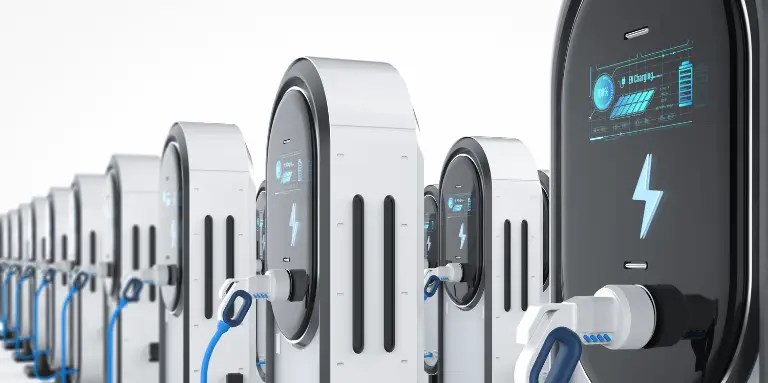
The Open Charge Point Protocol (OCPP) has undergone several evolutions since its creation, with two major versions currently in use: OCPP 1.6 and OCPP 2.0.1.
While OCPP 1.6 remains widely deployed, version 2.0.1 brings significant enhancements to meet the growing challenges of the electric vehicle charging industry.
In this section, we'll look at the main differences between these two versions, focusing on new features, security and performance improvements, as well as compatibility and migration considerations.
This comparison will give you a better understanding of the potential benefits of upgrading to OCPP 2.0.1 and the implications for your charging infrastructure.
New features introduced in OCPP 2.0.1
OCPP 2.0.1 introduces a number of new features compared with OCPP 1.6, strengthening the management of charging infrastructures. Here are the main improvements:
- Multiple connector management: Supports multiple connectors on a single charging station, making it easier to manage complex installations.
- Groups of chargepoints: Enables groups of chargepoints to be managed efficiently, improving flexibility and organisation.
- Intelligent charging: Integration of advanced functions to optimise energy management and planning of charging sessions.
- Support for ISO 15118: Preparing for future technologies such as Plug & Charge, simplifying the recharging process for users.
- Enhanced security: Improved end-to-end security, protecting communications against cyber-attacks without the need for a VPN.
- Remote maintenance: Facilitates maintenance operations, reducing downtime and operating costs for operators.
- Improved notifications and updates: More effective notification system for users and operators, ensuring better communication and responsiveness.
These innovations make OCPP 2.0.1 an essential protocol for the development and management of recharging infrastructures for electric vehicles.
Improvements in safety and performance
As part of the improvements made by OCPP 2.0.1 compared with version 1.6, security and performance have been considerably enhanced. This development meets the growing needs of the rapidly expanding electric vehicle market.
In terms of security, OCPP 2.0.1 introduces more robust encryption mechanisms and enhanced authentication. These improvements effectively protect sensitive user data and prevent unauthorised access to charging stations. In addition, the new version incorporates features to detect and prevent cyber-attacks, strengthening the overall resilience of the charging network.
In terms of performance, OCPP 2.0.1 optimises communication between charging stations and central management systems. This means shorter response times and better management of network charging. Operators can now monitor and adjust charging parameters in real time, ensuring more efficient use of available energy resources.
These improvements contribute not only to a smoother, safer user experience, but also to more efficient, sustainable management of electric vehicle charging infrastructures.
Compatibility and migration between versions
The evolution from OCPP 1.6 to OCPP 2.0.1 is a key concern for players in the electric charging ecosystem. Although these two versions offer distinct functionalities, their compatibility and the migration process deserve particular attention.
OCPP 2.0.1 has been designed with backward compatibility in mind, allowing a smoother transition for existing systems. However, it is important to note that this compatibility is not total and that adjustments are often necessary. Operators considering an upgrade need to take a number of factors into account:
- The need to update the firmware of existing charging points
- Potential adaptation of backend management systems
- Training technical staff in new functions and protocols
Migration to OCPP 2.0.1 can be carried out gradually, allowing operators to test and adopt the new features in stages. This gradual approach minimises operational disruption while maximising the benefits of the improvements brought by the new version.
Summary table
| Category | Details |
|---|---|
| OCPP protocol | Open standard for communication between charging stations and management systems. |
| Objective | Facilitating the interoperability, management and use of charging points. |
| Key features | Standardised communication, open architecture, scalability, enhanced security, intelligent recharging, two-way communication, identification flexibility, supplier independence, centralised management, international standardisation. |
| History | Created in 2009 by ElaadNL, transferred to the Open Charge Alliance in 2014, successive versions (1.6, 2.0.1). |
| Benefits | Interoperability, flexibility, advanced functionalities, cost reduction, encouraging innovation. |
| How it works | Point-to-point communication, real-time data exchange, authentication and load authorisation. |
| OCPP standard | Market standardisation, OCPP certification by the OCA, importance of uniformity. |
| Differences between OCPP 1.6 and 2.0.1 | OCPP 2.0.1 offers improved connector management, intelligent recharging, ISO 15118 support, improved security and remote maintenance. |
| Migration to OCPP 2.0.1 | Necessary infrastructure updates, partial compatibility, system adaptations. |
Conclusion
Ultimately, while migration may represent an initial challenge, the long-term benefits in terms of advanced functionality, enhanced security and increased flexibility generally justify the transition effort for most charging network operators.
If you would like to find out more about tax credit for charging points in 2024For more information, see our article on this subject.






























